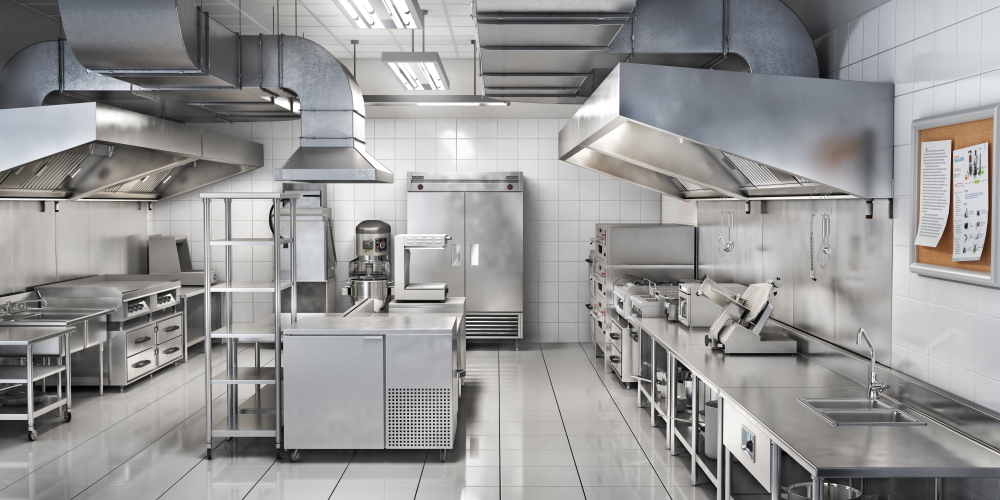What Is The Difference Between 304 & 316 Stainless Steel?
Stainless steel is a versatile material with various grades, each designed for specific applications. Two of the most common grades you’ll encounter are 304 and 316 stainless steel. Understanding the differences between these grades is crucial, as it can affect their suitability for your intended use. In this article, we will explore the distinctions between 304 and 316 stainless steel, including their properties, applications, and considerations!
304 Stainless Steel
Composition
Grade 304 stainless steel is an austenitic stainless steel alloy containing chromium and nickel. It typically consists of 18% chromium and 8% nickel.
Corrosion Resistance
304 stainless steel offers good corrosion resistance, making it suitable for various applications, including kitchen equipment, architectural components, and industrial machinery.
Cost
304 stainless steel is generally more affordable than 316 stainless steel, making it a cost-effective choice for many applications.
316 Stainless Steel
Composition
Grade 316 stainless steel is also an austenitic stainless steel alloy but contains additional elements. It typically consists of 16-18% chromium, 10-14% nickel, 2-3% molybdenum, and small amounts of other elements.
Corrosion Resistance
316 stainless steel provides superior corrosion resistance, especially in environments with chlorides or saltwater. This makes it ideal for marine applications, chemical processing, and medical equipment.
Cost
316 stainless steel is generally more expensive than 304 stainless steel due to its enhanced corrosion resistance and additional alloying elements.
Key Differences Between 304 and 316 Stainless Steel
Corrosion Resistance
The most significant difference between these grades is their corrosion resistance. While both are resistant to corrosion, 316 stainless steel excels in corrosive environments, making it the preferred choice for applications exposed to saltwater or chemicals.
Applications
304 stainless steel is commonly used in a wide range of applications, including kitchen appliances, architectural elements, and industrial machinery. 316 stainless steel, on the other hand, is preferred for marine, pharmaceutical, and chemical processing equipment due to its superior corrosion resistance.
Cost
304 stainless steel is more cost-effective than 316 stainless steel, making it a practical choice for applications where extreme corrosion resistance is not required.
Molybdenum Content
The addition of molybdenum in 316 stainless steel enhances its corrosion resistance. This element is not present in 304 stainless steel.
Contact Allied Recycling Center!
If you have any questions about scrap metal recycling or would like to start selling scrap metal in the Southeastern Massachusetts region, please contact us today! Located in Walpole, MA, Allied Recycling Center offers scrap metal purchasing, junk car pickups, dumpster rentals, and various other services to residents and businesses in the region! Give us a call at (508) 668-8699 or fill out the contact form on our website, and we’ll get back to you as soon as possible!

